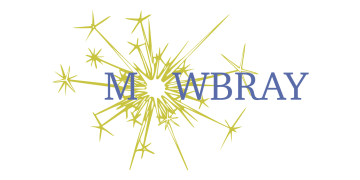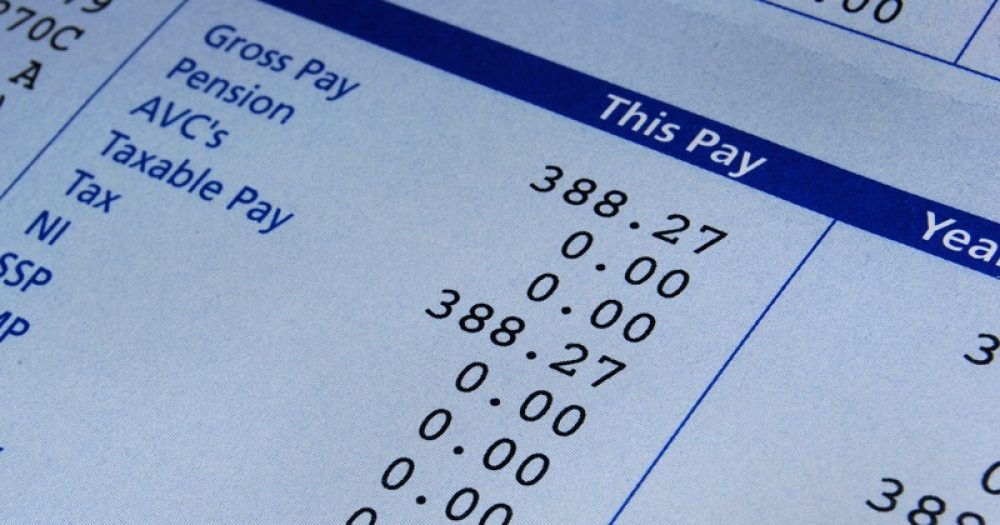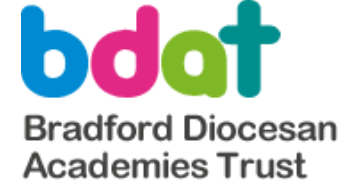The Department for Education has announced that pay for some classroom teachers will rise by up to 3.5 per cent next year, with extra government funding available to help schools pay for the increase.
The 3.5 per cent rise will apply to the main pay range and unqualified teacher pay range for classroom teachers. The government has also announced a 2 per cent rise in the upper pay band for teachers and a 1.5 per cent rise for school leaders.
This falls short of the recommendation from the School Teachers’ Review Body, which called for a 3.5 per cent rise for all pay ranges and allowances. It is also less than the 5 per cent demanded by teaching and leadership unions. Schools will also be expected to fund the first 1 per cent of each rise.
The government claims the rises announced today mean main scale teachers could receive a cash-terms salary increase “of between £1,184 and £1,366” , while salaries for new teachers “will increase by between £802 and £1003”.
Schools will continue to decide how to pay their staff, but will receive extra cash to help them pay higher salaries. The government will provide a teachers’ pay grant of £187 million in 2018-19 and £321 million in 2019-20.
This is expected to cover the difference between the 1 per cent rise that schools will already have planned for, and the rises announced today. The funding, which totals £508 million, will come from existing DfE budgets, but it is not clear what will be sacrificed to find the cash.
“Today we are announcing a fully funded pay rise of up to 3.5 per cent – or between £800 and £1,366 – for classroom teachers on the main pay range, two per cent for those on the upper pay range and 1.5 per cent for those in leadership positions,” said education secretary Damian Hinds said.
“This will mean that teaching continues to be a competitively rewarded career, and I will continue to work with the profession, Ofsted and the unions on issues like excessive workload, professional development and flexible working, to make sure teaching remains an attractive, fulfilling profession.”
The announcement was made in the government’s official response to the 2018 report of the School Teachers’ Review Body, which makes recommendations on teacher pay.
In their report, the STRB recommended that “all pay and allowances ranges for teachers and school leaders are uplifted by 3.5 per cent”, warning that without such a rise, graduate pay “will have moved still further ahead of current teacher pay ranges by September 2019”.
More to follow.







If they aren’t funding the first 1%, it is not fully funded.
Good news for class teachers but unlikely to help with Headteacher recruitment!
Am I given to understand from this article that 3.5percent pay rise is going to all classroom assistants and unqualified teaching assistants. About time they had a pay rise as they take most of the angst and brunt of the inevitable disturbed or unruly children in a class and still have the responsibility of a whole class thrust on them from time to time when the class teacher is late or sick. Their paltry pay does not reflect their devotion or compassion they bring to the work or the sometimes painful experiences of a one to one with a disturbed child. Perhaps I have got hold of the wrong end of the stick but I hope not.
If this is about funding pay rises and the amount is based on pupil numbers, why are secondary schools getting more per pupil? They don’t have caps on class sizes like infant schools do and I am well aware of some primary schools having more pupils than some secondary schools.
In a special school the ratio of adults to children is usually lower so I get why they would attract more, but a class of 15 still need one teacher the same as a class of 30. What formula has been used to calculate the amount given to the different sectors?